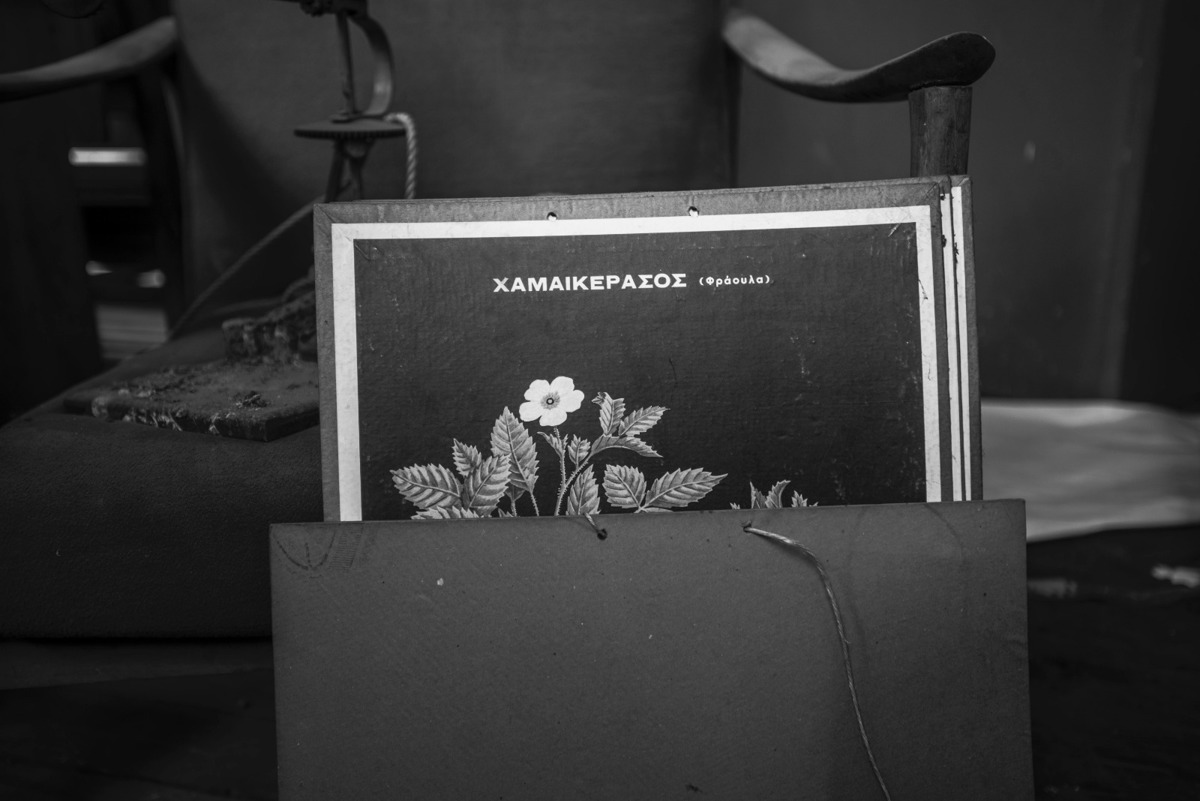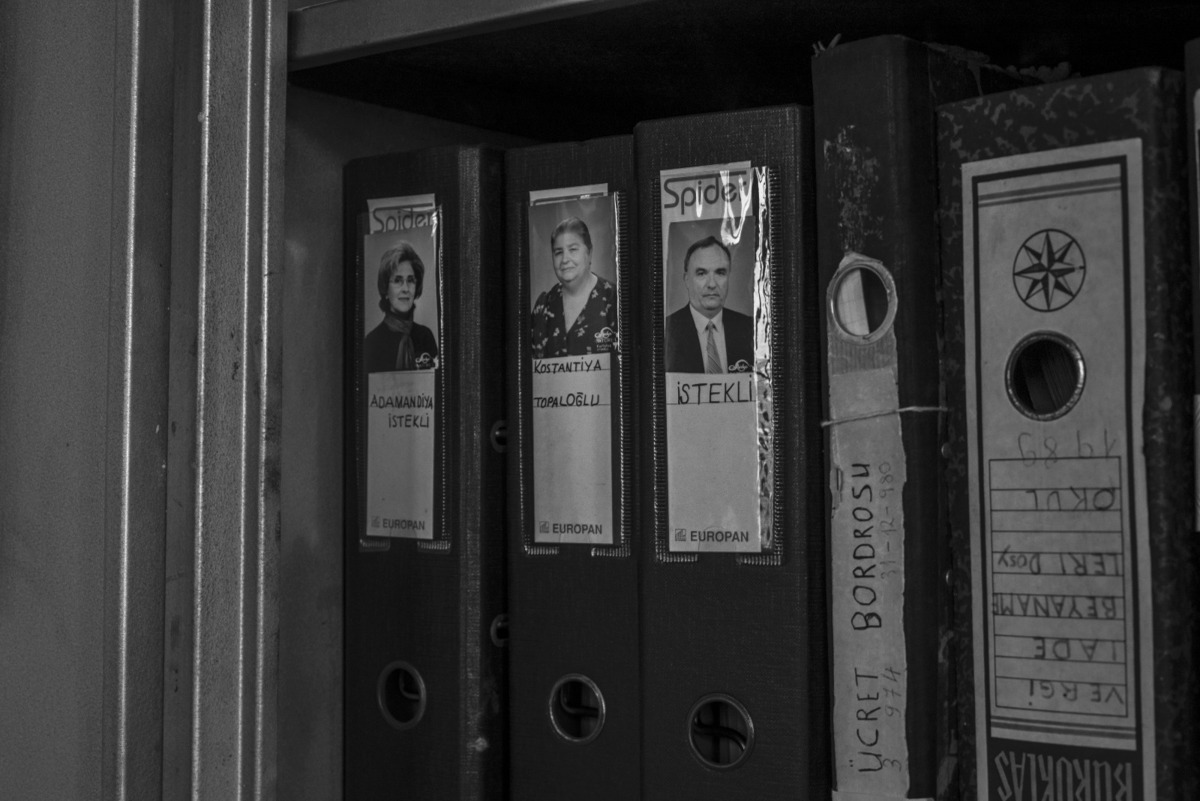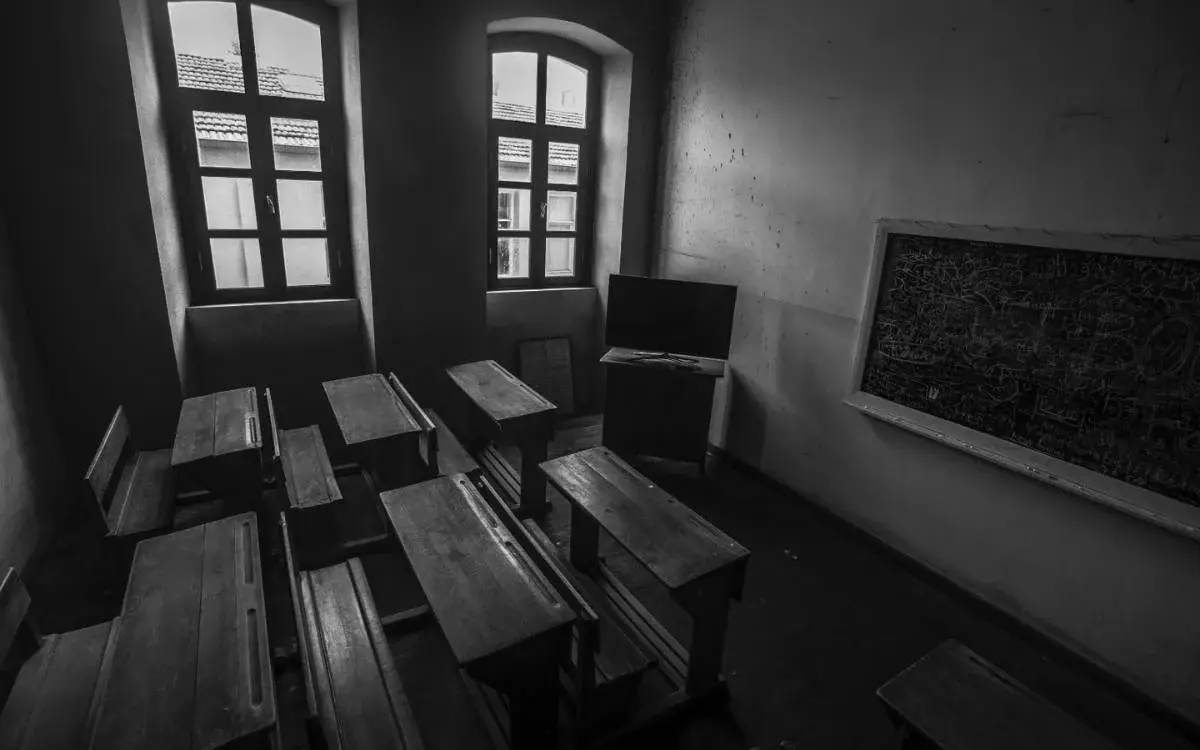Documentary photographer Sema Kahraman Vurucu photographed the Kurtuluş Greek Primary School, which was opened under the name “Tatavla Boys' School” in 1887 in Tatavla (Kurtuluş) and provided education for a total of 116 years until 2003. Her project is titled “A Place Where the Past is Hidden in the Shadows.”
Sema Kahraman Vurucu stated that the preparation process for the project dates back to the Mahalla Festival held at the Greek Primary School in 2022. Vurucu said she was part of the group of Turkish artists at the festival and opened the exhibition “From Tatavla to Kurtuluş: The Changing Face of a Neighborhood” in the principal's office on the top floor of the school.

Sites of memory
Vurucu emphasized that the neighborhood she lives in has undergone a complete transformation over the years, and one of the few places that carry traces of the past to the present in the neighborhood is the historic Greek Primary School. “Sites of memory now contain traces of a life that remains only in memories. They all tell a story to those who want to listen.”
In the project she prepared at the Anekdot Photography Workshop organized by Director and Photographer Serkan Turaç under Akya Film, Vurucu photographed the 138-year-old historic site in all its details.
About Kurtuluş Greek Primary School

The school was built next to the Aya Dimitri Church, considered the center of Tatavla, with the construction year 1886 written above the entrance gate.
It opened on May 31, 1887, under the name "Tatavla Boys' School". On a marble plaque embedded in the wall opposite the stairs leading directly to the second floor, a Greek inscription lists the names of individuals and institutions that contributed to the construction of the building, including the Governor of Dersaadet, Mazhar Pasha.
Due to the rapid increase in the number of students, the land of Marki Kalfa, who built the Aynalı Kavak Pavilion, was also allocated to the school building. The school, which survived the "Great Tatavla Fire" of 1929 with minimal damage, transitioned to coeducation with the arrival of students from the girls' school that was destroyed in the same fire. The name change of the neighborhood to Kurtuluş and Marki Kalfa Street to Dev Süleyman Street coincides with this period.
Due to political developments and massacres targeting minorities, such as the Twenty Classes, the Wealth Tax, the September 6-7 Pogrom, and the 1964 Decree, the number of students in the school gradually decreased.
The school, which continued uninterrupted education for 116 years, graduated its last students in 2003 and closed.
The historic building, owned by the Aya Dimitri Church Foundation, has continued to host cultural events and exhibitions since it was restored in 2014.
(TY/DT)






